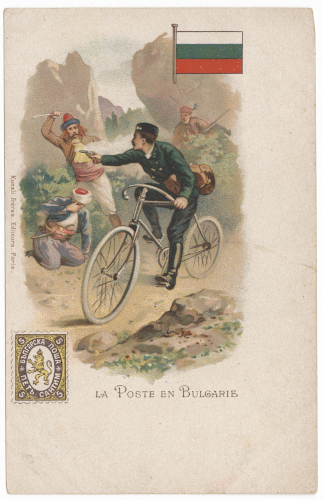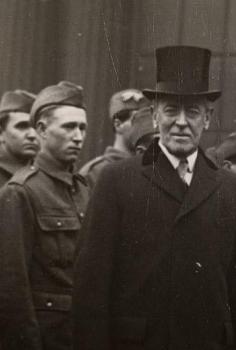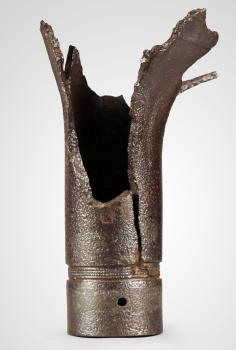World War I is known for introducing wartime innovations such as tanks and submarines, but the world’s armies still made plenty of use of “old-fashioned” technology. Case in point: Bicycle battalions.

The humble bicycle had been used in war since the late 1800s and had proved to be quite efficient. Soldiers on bicycles could travel farther and carry more supplies than soldiers on foot. Bicycles were easier to maintain and quieter than horses – and they wouldn’t wander off after soldiers dismounted to fight.
During WWI, many countries used bicycle battalions, sometimes called cyclist corps. These mounted soldiers trained to fight in a mobile warfare approach, but the trench conditions made this difficult. Instead, cyclists often performed duties such as delivering supplies and messages, and guarding prisoners or important locations. They did engage in combat, however. During the 100 Day Offensive, Canadian cyclists performed reconnaissance and fought with the infantry.
A new archival collection highlights the diversity of bicycles used in WWI. The collection consists of over 160 photographs and postcards of military bicycles from France, Great Britain, the United States, Germany, Austria-Hungary, Italy, Belgium, Russia, and other nations.
Bicycle use during war fell out of favor after WWI, but made a resurgence during the Second World War, most notably in the form of the French folding bicycle that was carried on a soldier’s back.








